|
Force fever is running high once again with the triple threat of a new Star Wars film - Episode IX: The Rise of Skywalker - Disney+ series The Mandalorian and video game Jedi: Fallen Order all occupying the zeitgeist at the same time.
Your lightsaber can be a brutal weapon, particularly when it comes to performing finishing manoeuvres, which you'd expect from the samurai sword the concept was originally based on. It feels surprisingly personal too, by the simple notion of letting you heavily customise your saber with collectibles found strewn about the game's various worlds, alongside the existing cosmetic microtransactions and pre-order bonuses. Before long, the offering will almost certainly be expanded to include tantalising new DLC linked to The Rise of Skywalker. Exploring multiple worlds is the name of the game - and seemingly the flavour of the autumn after The Outer Worlds - thanks to friendly transport ship the Mantis, which you can also customise to an extent. Traversing around is a mix of platforming and climbing which borrows from titles like Tomb Raider and Breath of the Wild, but it's the collective library of FromSoftware that Fallen Order pulls its strongest influences from. Falling in battle sees you respawn at a designated checkpoint that’s never too far away, with these meditation spots being equivalent to bonfires. You can upgrade skills there, while also replenishing your health and healing items at the cost of reviving lesser enemies. Should one of them kill you, you'll need to return to the perpetrator and land a single hit to retrieve the experience gained since earning your last skillpoint. You'll know danger is around the corner when grumbling strings start to creep in, helping to build a sense of tension whenever enemies attack – often from blindspots as you move through doorways. After the initial tutorial level, which is fairly cinematic and exposition heavy in its attempt to introduce a lot of mechanics, you'll find the game opens up and lets you explore. It’s possible to wander into locations where the difficulty spikes or you don’t have the necessary equipment to explore, which is an indication to turn tail and come back later. It can feel odd to do so, since we’ve been conditioned to see gaming Jedi as unstoppable, but there’s nothing inherently wrong with shifting expectations.
Having only been a youngster when the order fell, Cal isn't a master; not to mention it's been a while since he flurried a lightsaber around on a daily basis. You can knock the difficulty down at any time, however, dialling back enemy aggression and damage while giving you a wider window to parry attacks. Fallen Order challenges you to discover the Force, just as Cal is rediscovering it, and on that front it definitely succeeds. Combat is satisfying and has the bite of challenge a lot of fans will have been looking for, and the setting is a delicious meal of sci-fi Star Wars goodness. Where it hits a few stumbling blocks are mostly technical issues and things which remind you that this is, after all, a game. Texture and enemy pop-in is fairly common, performance can occasionally slow down, and minute-long load times can really kill your momentum after being defeated in battle. Still, for those who’ve been waiting for EA to do something really special with the Star Wars licence, Jedi: Fallen Order is exactly that. Pros
Cons
9/10 The road to the Galar region has been a rocky one for Nintendo and Pokémon fans alike, but when it comes to deciding how this pair of new Nintendo Switch games fare, we'll be focusing on what is here more so than what isn't.
A cross between Teletubbyland and Breath of the Wild's rolling plains, the Wild Area itself could use a bit more intricacy. Biomes and various weather effects seem to shift from hail to sun and back again largely without rhyme or reason, but you'll lose plenty of time pottering about nonetheless. For the collectors amongst you, it's also a great opportunity to fill your Pokédex and diversify your party early on. The story is by the numbers as usual, so those hoping for a deep, meaningful conversation with an NPC hanging out in a Pokémon Center will continue to be disappointed. A cheerful tune greets you whenever you do visit, though in this region there doesn't seem to be any Poké-helper for the nurse. Elsewhere, the soundtrack is an awkward mix of sound effects we've been hearing for years (decades even), an increasingly archaic lack of spoken dialogue, and some charming new themes composed for the Wild Area and various cities. So fun are these latter spins on British culture, visually as well as musically, that you might find yourself spending longer than you should lingering in any one location. While some rockstar Pokémon like Pikachu and Eevee get full sound effects - the creatures often saying their own names with a springy sense of joy - most don't have as much aural character, instead relying on adorable animations to help you bond with them as you play together in camps. Animations overall are a strange mix, though. Even brand new additions like the three available starters (Scorbunny, Sobble and Grookey) have either well-choreographed displays for their unique moves, or completely generic ones which don't seem to match the move at all. You can go from the delight of a bespoke Wooloo "Tackle" to Scorbunny merely jumping on the spot to covey a "Double Kick" – even when it kicks merrily for some other moves.
Shortcomings don't end there, as the game also struggles to make the most of its new platform. Some locations and scenery really shine in terms of their design, but generally you'd be forgiven for assuming that Sword and Shield were 3DS ports. That might still be enough for many players; after all, it’s almost impossible to escape the joy of setting out on an adventure to go from Pokémon zero to hero. Getting properly invested in a team and playing with their movesets to feel like you have all the bases covered is constantly rewarding, in spite of the eye-watering number of type combinations that are now available. Hopefully the development compromises and sacrifices felt across Pokémon Sword and Shield will allow Game Freak to reassess and build on their successes to push the envelope in the future. In the meantime, there's a solid and enjoyable experience here, just not a new one. Pros
Cons
7/10 Terminator: Resistance | Review | Xbox One21/11/2019 Arnold Schwarzenegger recently returned to the big screen in Terminator: Dark Fate, showing audiences a softer side to the relentless Cyberdyne Systems Model 101. That nostalgic entry is perhaps the best film in the long-standing action franchise since T2: Judgement Day, and similarly, Terminator: Resistance puts the series’ video game output on sturdier ground than most previous efforts. That being said, getting pegged as the best pick of a bad bunch isn’t necessarily worth much. Resistance is a first-person shooter in which shooting is a weak link. Unfortunately, a lot of good will towards the level design evaporates when you begin to notice frequently recycled assets and even complete area retreads. In these instances you can switch vision modes in order to see through walls and very easily sneak past enemies, though in the process you’ll be sacrificing experience and the associated skill points required to upgrade abilities from three basic skill trees.
Visually, it’s about passable – outside of the distracting lip sync and facial animations that further detract from wooden conversations. Aurally the game fares even worse, with an odd bootleg of the iconic main theme being the best element for its inherent novelty value. If you’re a Terminator fan that can embrace mediocrity with open arms - you’ve had plenty of practice, after all - spending a tenner when the price drops and around six hours of your time completing Resistance isn’t the worst idea. For everyone else, occasional flashes of a good game are likely to cause frustration as you wade through its variety of just passable game mechanics. Pros
Cons
5/10 Here it is, chums: Nintendo’s latest console remodel is finally out. Is it a welcome addition to the Switch family? Is it a worthy successor to the fabulously robust 3DS? Is it, in fact, neither? All will be revealed…
Whatever you opt for, they’re all equal in comfort. Nintendo’s Switch Lite boasts a grippy matte finish that perfectly complements its rubber analogue sticks, along with satisfying, reliable buttons and a triumphantly returning d-pad. I’m also pleased to report that, for the most part, it continues to feel comfortable during more rigorous play sessions - unlike even the New 3DS XL. That comfort is further enhanced by the absurd weight of the console. It really only becomes apparent that you’re using a handheld in something like an FPS, where the offset nature of the sticks becomes a slight issue (more on that later), but regardless, it does feel robust in that signature Nintendo fashion. How about that smaller screen, current Switchers? Well me ducks, I can honestly say that this is visually the best handheld I’ve ever used. Booting up Link’s Awakening for the first time sent echoes of nostalgia all through my rotting, sagging flesh and coloured my day with whimsy. It doesn’t auto-change the brightness like big brother, but it’s still plenty clear, crisp and girthy nonetheless. So the design be grand and the screen be lovely, but that doesn’t really matter if you’ve got nothing to play on it. Yours truly has been testing the Switch Lite with the aforementioned Link’s Awakening, charming Stardew Valley, handheld staple Tetris 99, and the brutal DOOM to really put the console through its paces. For the most part, I’ve been very impressed. How can this dinky little thing run the frantic, exploding-head wonderment of DOOM (2016)?! That’s a fantastical achievement in itself, even if the small form factor and offset sticks make aiming slightly difficult. Yet it’s that small size and maximum portability that makes me smile so. Having Stardew on the go is worth the price of admission alone if you ask me, but account for that massive and expanding library of third-party hits alongside Nintendo’s own bigguns and the potential for bank account destruction is supreme. Yet all that good does come paired with some rather corpulent bad. It’s been well publicised that this is, in fact, a Switch that doesn’t switch, yet it still seems like a bizarre decision. For games like Stardew and the rest of the indie cannon it’s fine, but will Nintendo’s Breath of the Wild sequel have the same emotional impact on a smaller screen? Only time hath the answer. You can add the endless battery life debate to the fire as well (I’ve managed probably four hours tops so far), and the lack of Bluetooth headphones support is absurd in this ridiculously technological universe of ours. Alas, you’ve reached the end. Well done. After a month in its company I say with much admiration that I’m glad to be back in Nintendo’s warm and ample bosom. I adore the cheaper price, portability, comfort and games library. Undeniably though, you will be making some rather large sacrifices in choosing the Lite over its conventional forebear. Much like this old bugger, consider your lifestyle and how often you actually play games. If, like me, you only really get to play on commutes, then the Lite is well worth the dosh.
Pros
Cons
The Outer Worlds | Review | Xbox One3/11/2019 If you've heard anything about The Outer Worlds it was likely in the same breath as some other properties, such as The Elder Scrolls: Oblivion, Fallout: New Vegas, Star Wars: Knights of the Old Republic and even titles without a colon in their name like Mass Effect or Bioshock. Those games appear to have influenced the developers (Obsidian themselves having worked on some of them) but it would be disingenuous to claim there's nothing to set this new IP apart from the precursors that were instrumental in its construction. As is the fashion, quests can be completed in a number of ways. If you aren't built for stealth or wish to avoid stealing, a silver tongue may grant access to restricted areas or there's the standard RPG trope of a quid pro quo arrangement. Failing that, most folks won't argue with a flamethrower. At least, not for very long. Many of the faces you'll meet are exaggerated caricatures, some endlessly parroting the company slogan through fear of punishment, others holding a genuine belief in the propaganda. Whilst this could wear thin, it's well-written satire that’s wonderfully performed by the voice actors, and serves to illuminate the "real" characters that have a more prominent role. Parvati, a companion you'll encounter early on (and one of our favourites), is a pleasure to travel with, not only for her combat and passive abilities, but her wholesome, innocent charm. Your party will often run into trouble, even if it's a conscious decision made only to test out the whacky Science Weapons hidden around Halcyon. Fights are fast and frantic with smooth gunplay, which will feel familiar to anyone who's played a recent Fallout or Borderlands, but they're over a little too quickly on the easier difficulties. On hard mode and, presumably, Supernova (where food, water and sleep become necessary) a bit of forethought is required. Tactical Time Dilation is a more skill-based V.A.T.S which slows the action to a crawl, allowing you a few free shots to damage and debuff the biggest threats, while each companion has a special ability to both damage and stun foes. Utilising these abilities will give you an edge, though it's important to regularly update your loadout and use the correct damage types. Consumables can be mixed in with your standard health packs, giving short-lived bonuses to stats. So ubiquitous are these items, that we found ourselves using them before, during and after engagements, yet still our pockets were overflowing.
An, albeit minor, sticking point is the game’s Flaws mechanic. After taking enough of a certain type of damage, say, from a specific enemy or too much head trauma, you'll be prompted to accept or decline a Flaw, a permanent condition that negatively impacts your stats in exchange for an extra Perk. Up to four Flaws can be accrued on Normal Mode, while higher difficulties feature more. It's a great idea for those fully committed to the role-playing aspect, whereby too many encounters with a certain type of foe could trigger ‘anxiety’ (read: debuffs) when near that enemy, but the hit to your stats rarely seems like a fair trade as the Perks, whilst providing concrete benefits, are largely unimaginative. With that said, there's nothing that really detracts from the experience as a whole and our biggest gripe is having to wait years for the inevitable sequel. The Outer Worlds is a better Fallout than Fallout 4 and the shorter runtime (around 20 - 30 hours) is offset by having more replayability than its contemporaries. The fact that it's also free for Xbox Game Pass subscribers is just icing on the cake. Pros
Cons
9/10 |
READ MORECategories
All
Archives
December 2023
|
Pass the Controller |
|
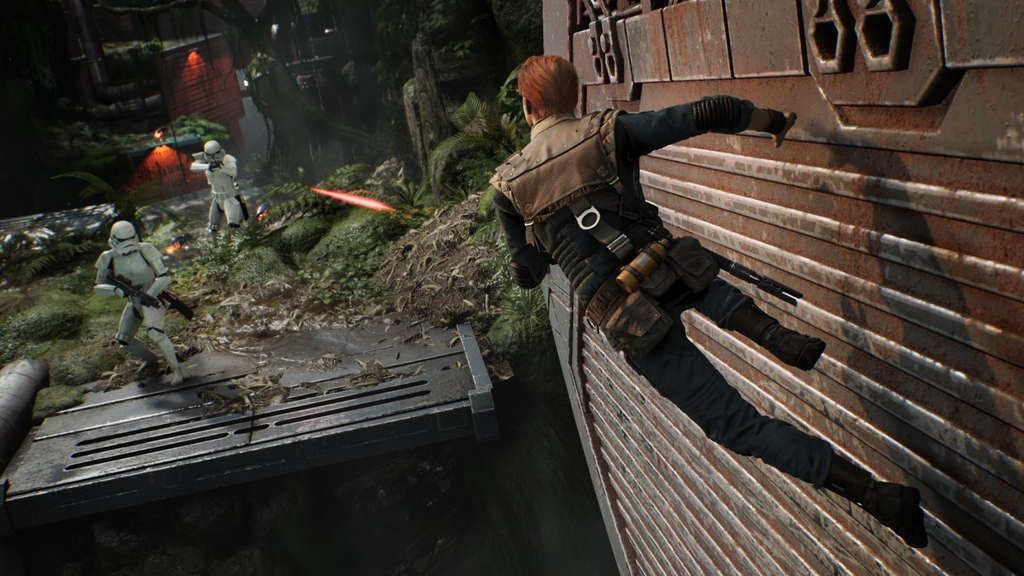


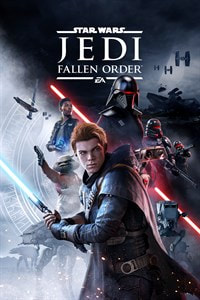
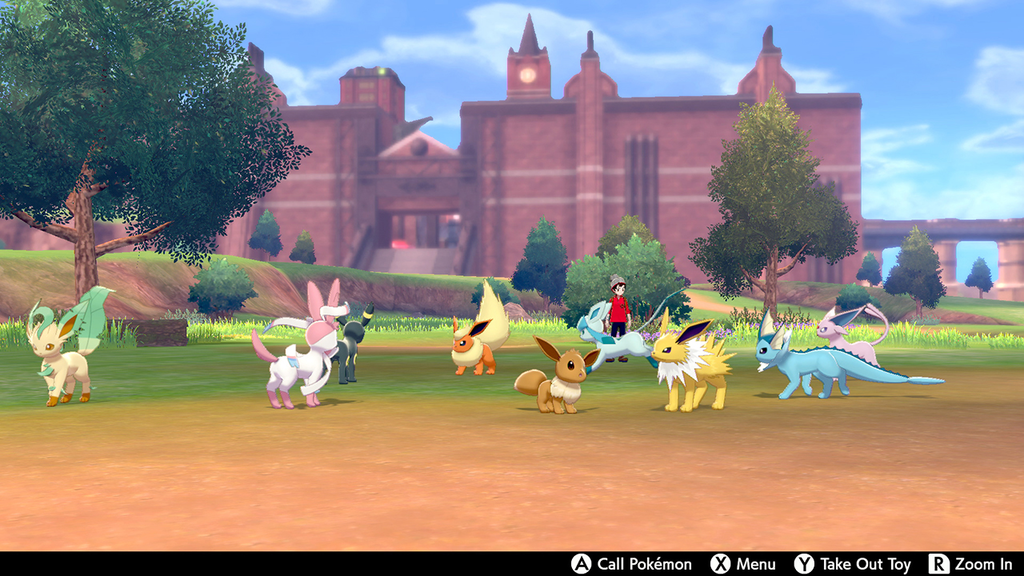


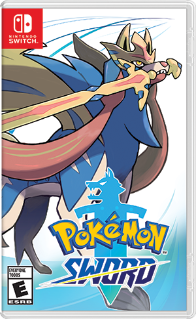
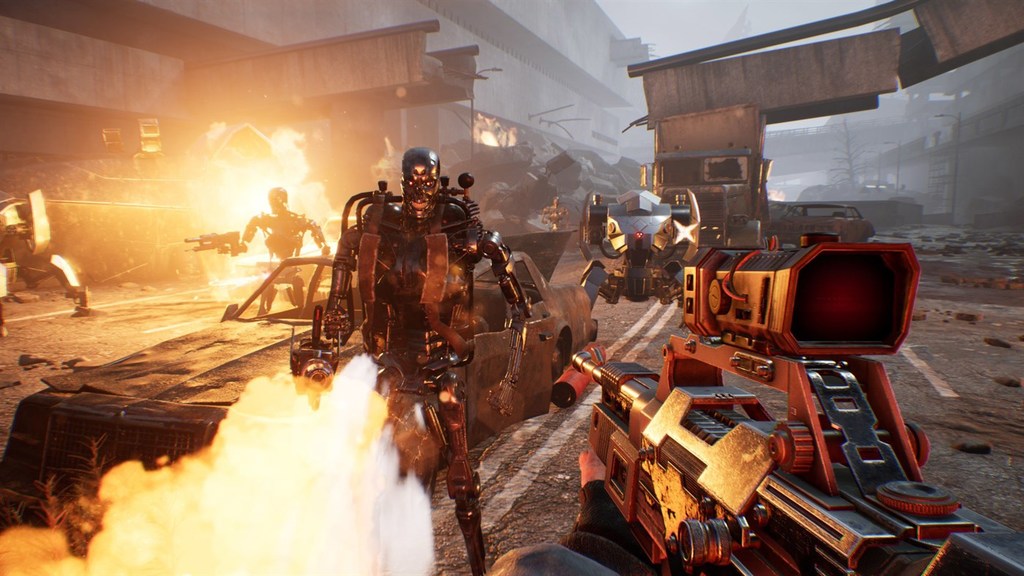
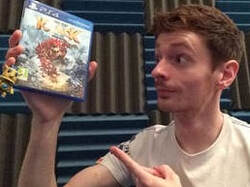

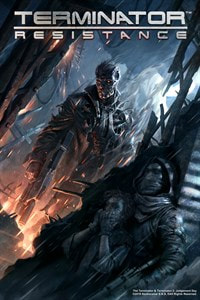
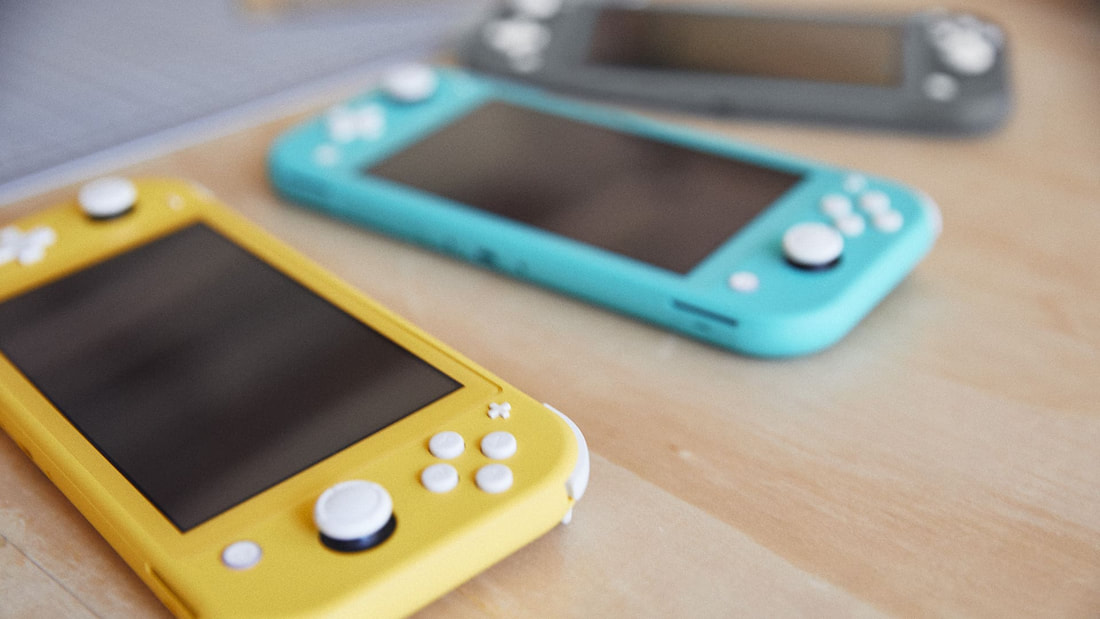



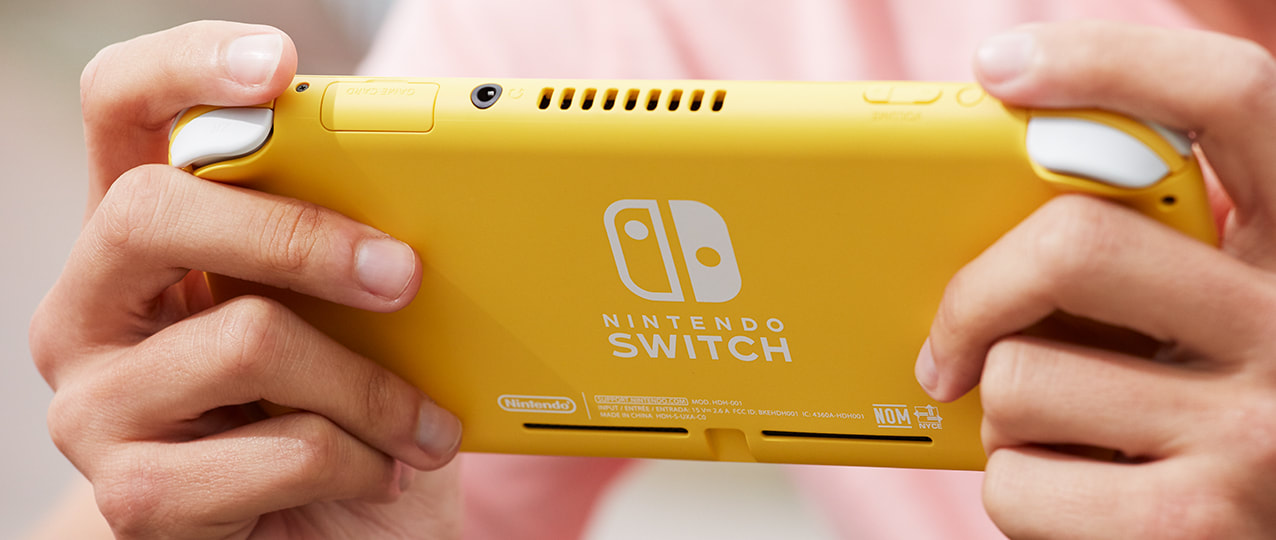
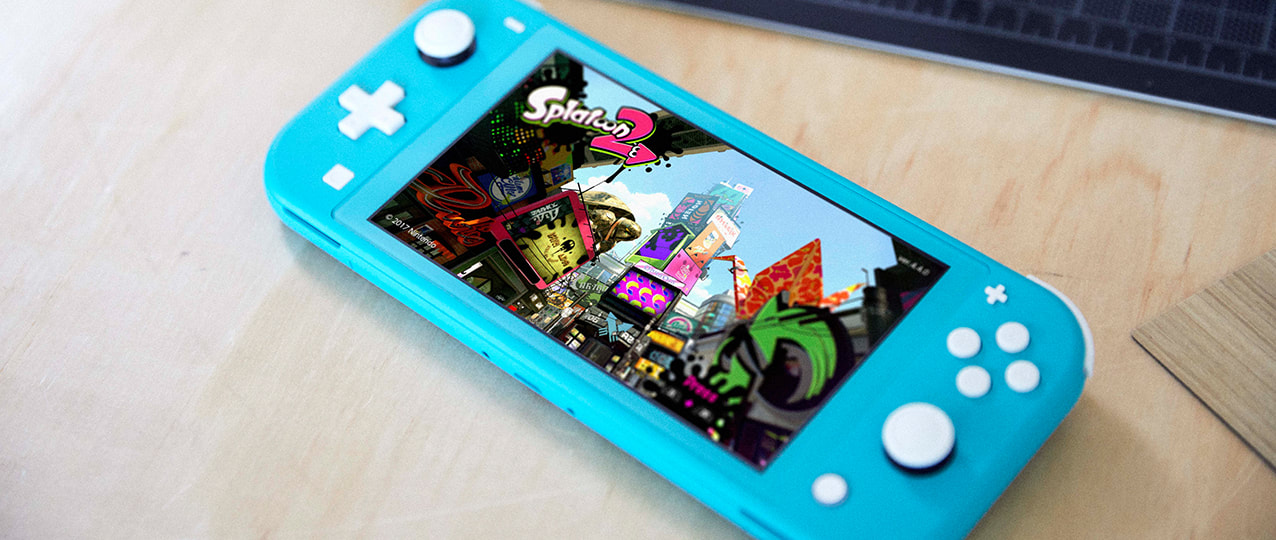
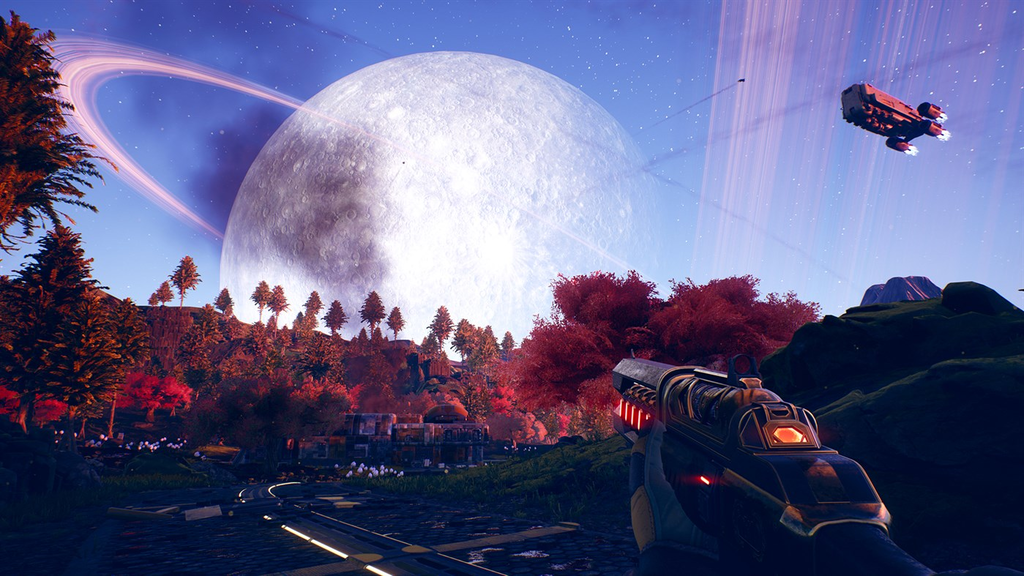


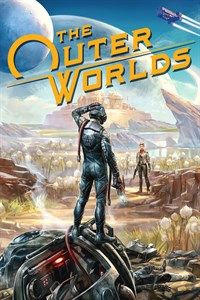
 RSS Feed
RSS Feed